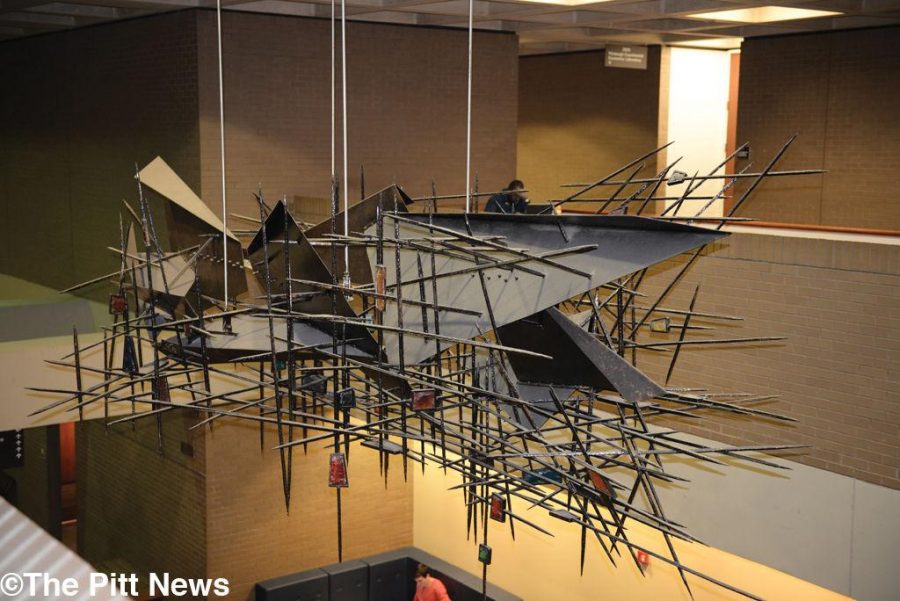Pitt: take art cues from rest of ‘Burgh
October 22, 2014
Quick: what’s the most dismal building on campus? Chances are you answered Posvar Hall — a five-story, concrete slab. With its bare, dimly lit halls that transcend zip codes and colossally bleak walls, it’s no wonder why the answer is so obvious. So what’s the answer to this one: what should we do about it?
Here’s one idea — the rest of Pittsburgh is experiencing an artistic explosion as a way of shaking off the ghostly industrial ruin of the 1980s that left much of the city economically crippled.
The arts have been an important factor in this enlightenment, especially in Lawrenceville and Garfield, where artist communities are budding — there’s a public mural on nearly every brick wall in Lawrenceville. Additionally, the Post-Gazette reported that local art is helping to draw attention back to Uptown, a neighborhood that has not recovered as well as others, economically speaking.
While Oakland doesn’t need the same help as Uptown, it sure could use a beautician. The Cathedral’s iconic nationality rooms are alluring, but what else is there to keep one’s attention? That spiky, conceptual thing hanging from the ceiling on Posvar’s second floor?
Technically speaking, the steel and glass sculpture is called “Skyscape” and was donated in 1965, but it looks more like a weapon than anything you’d see in the sky.
As Pitt’s largest strictly academic building on campus, it would be nice if the inside wasn’t as non-motivating as the weather outside tends to be. The few pieces of art that do exist within Posvar are out of the way and unconfrontational — you hardly notice they’re there at all.
There’s the aforementioned web of black spikes that dangles high above the heads of passersby on the second floor, the blocky mural on the first floor near the Bigelow entrance — usually obscured in the dim lighting or hidden behind tables and chairs — and another mural of swirling colors right below Einstein’s, also on the first floor.
Two of these three are on the same floor, leaving the rest of the building duller than dirt. I’ve never seen Pathfinder tours stray far from the two lowest floors, probably because there’s not much to talk about after Forbes Field’s home plate. Practically every hallway is bare, with the color of the walls bleeding into that of the floor — why not use these as sites of creativity?
Even the walls facing the outside could display murals specific to Oakland, perhaps a tribute to the legendary Forbes Field that used to occupy the same spot. MLK Project’s mural on the side of Mad Mex and on Meyran Avenue could serve as inspiration for Posvar murals.
The giant yellow structure in the middle of the plaza outside Posvar, which is called “Light Up” by the artist Tony Smith, stands as an island of color in a sea of concrete. I’m not sure how Oakland’s fondness for dinosaur figures started but even another paint-splattered Triceratops would liven the place up. Or, better yet, a panther. It’s time Pitt caught up with the rest of the city and added some character to its buildings and empty spaces.








